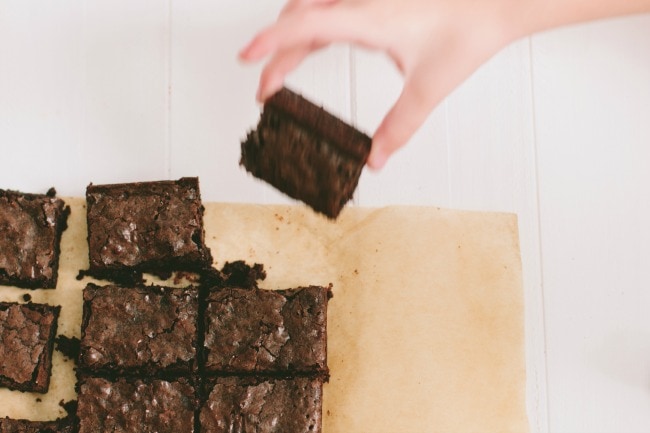Skillet Burgers with Sautéed Onions and Horseradish Sauce
From
Cook's Country
|
December/January 2012
Why this recipe works:
Ground beef seasoned with garlic, salt and pepper makes for flavorful
burgers, and a quick sear in a hot skillet brings them to a perfect
medium-rare in minutes. To finish, a garnish of horseradish sauce and
charred onions dresses up these simple indoor burgers.
Serves 4
Horseradish sauce and charred onions dress up these simple indoor burgers.Ingredients
- 1/4 cup sour cream
- 1 1/2 tablespoons prepared horseradish
- 1 tablespoon minced fresh chives
- 2 teaspoons lemon juice
- Salt and pepper
- 1 1/2 pounds 85 percent lean ground beef
- 3 garlic cloves, minced
- 1 tablespoon vegetable oil
- 1 onion, halved and sliced thin
- 4 hamburger buns
Instructions
-
1. Combine sour cream, horseradish, chives, and lemon juice in bowl. Season with salt and pepper to taste; set aside. Gently knead beef, garlic, ½ teaspoon salt, and ¼ teaspoon pepper together in large bowl until well combined. Shape into four ¾-inch-thick patties and press shallow divot in center of each.
2. Heat oil in 12-inch nonstick skillet over medium-high heat until just smoking. Add patties and cook until well browned and meat registers 120 to 125 degrees (for medium-rare), 3 to 4 minutes per side. Transfer burgers to plate and tent loosely with aluminum foil.
3. Pour off all but 1 tablespoon fat from pan. Cook onion over medium-high heat until browned, 6 to 8 minutes. Place burgers on bun bottoms and top with onions and horseradish sauce. Serve.











 1. With serrated knife, halve each cake evenly through equator.
1. With serrated knife, halve each cake evenly through equator. 2. Carefully lift off upper cake layer and set aside.
2. Carefully lift off upper cake layer and set aside. 3. Evenly distribute about 1 cup filling on bottom cake layer.
3. Evenly distribute about 1 cup filling on bottom cake layer.  4. Place next cake layer on top and repeat process.
4. Place next cake layer on top and repeat process.